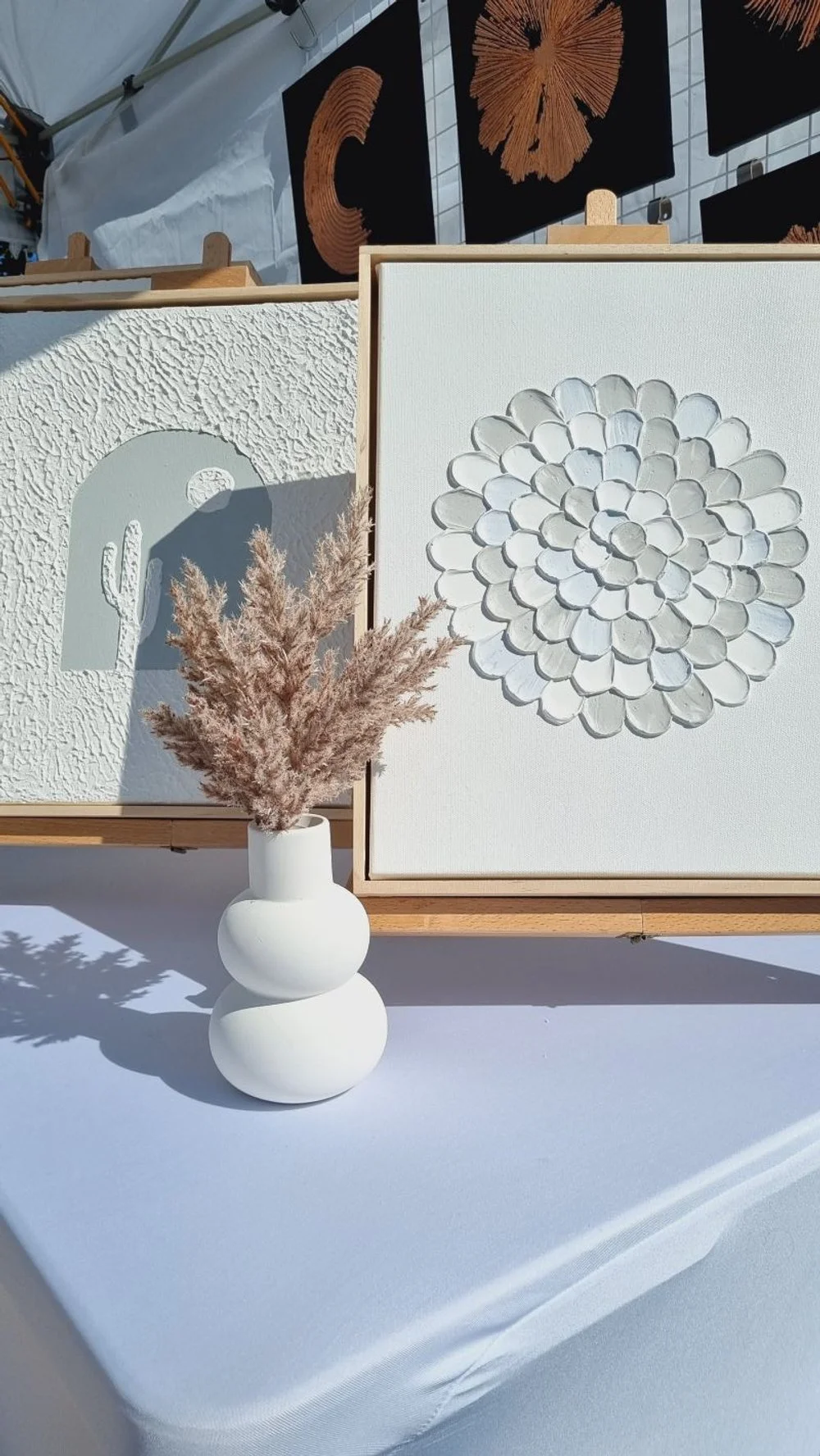How to Price and Sell Your Textured Art (Without Undervaluing Your Work)
You’ve put in the time, poured your creativity into every piece, and now you’re ready to share your textured art with the world. But here comes the tricky part: how do you price it? How do you sell it without second-guessing yourself or settling for less than your work is worth? If you’re nodding along, you’re not alone. This blog is here to guide you through the business side of textured art. From pricing strategies to building confidence in your value, we’ll cover everything you need to sell your pieces with pride. Whether you’re just starting out or looking to grow, this deeper dive will empower you to turn your passion into profit—without burnout or self-doubt.
Start With the Right Mindset
Before you even crunch the numbers, check in with your mindset. Many creatives struggle with charging for their work because it feels too personal or indulgent. And let’s be honest—imposter syndrome loves to creep in, whispering that you’re not good enough or experienced enough to charge real money for your art.
But your art has value—emotional, visual, and financial. You’re not just selling textured wall art; you’re offering a handmade, one-of-a-kind piece that adds meaning and personality to someone’s home. Textured art takes time, skill, and heart. Pricing yourself too low doesn’t make you more accessible—it makes your work seem less valuable.
Embrace the idea that you deserve to be paid for your talent. Your pricing isn’t just a number—it’s a reflection of your worth, professionalism, and creative energy.
Factor in Time, Materials & Overheads
One of the most common questions new artists ask is: How do I actually price my textured art? Start by calculating your costs:
Materials: Include plaster, paste, tools, canvas, paint, varnish, and framing.
Time: Track how long each piece takes—from planning to final touches. Assign an hourly rate that feels fair.
Overheads: Don’t forget hidden costs like packaging, or transaction fees.
A simple formula you can use: (Hourly rate x hours spent) + materials + overheads + profit margin = price
This ensures you're covering your costs and making a profit—because selling your art shouldn't put you in the red.
Position Your Art for the Right Audience
Pricing isn’t just about numbers—it’s about knowing your ideal client. Who is your art for? A mum decorating her home? A first-time buyer at a market? A design-savvy shopper looking for modern apartment décor?
When you understand what your audience values, you can speak directly to their needs and style your pieces accordingly. Use strong product descriptions that highlight benefits like "one-of-a-kind", "handmade gift", or "neutral textured wall art for minimalist interiors."
Where you sell also affects your pricing. Online shops, local markets, Instagram, and galleries all come with different expectations. Be consistent in your pricing across platforms, and always present your work professionally—photos, branding, and packaging matter.
Confidently Communicate Your Value
You could have the most stunning textured art on the market, but if you can’t communicate its value, it won’t sell.
Educate your audience on what goes into each piece. Share behind-the-scenes content, explain your techniques, or talk about the inspiration behind your work. When people understand the effort and emotion you put in, they’re far more willing to pay what it’s worth.
Confidence sells. If someone questions your pricing, don’t apologise or discount—stand in your worth. The right customers will get it.
Offer Different Price Points (Without Undervaluing Your Art)
A smart strategy is to offer a range of pieces at different prices to appeal to various budgets—without lowering your value.
Create small, affordable items like mini canvases or ornaments as entry-level products.
Bundle smaller works together as sets.
Offer custom sizes or commissions at premium pricing.
This gives potential buyers options without forcing you to reduce the price of your main work. Remember: accessibility doesn’t mean undervaluing your time and creativity.
Conclusion
Pricing and selling your textured art doesn’t have to be overwhelming. When you approach it with clarity, confidence, and the right strategy, you can build a business that feels aligned, profitable, and sustainable.
Want to go deeper into the business side of art? Sign up for my newsletter or join one of my workshops where we not only create, but also talk real business. Because your art is valuable—and so are you.



